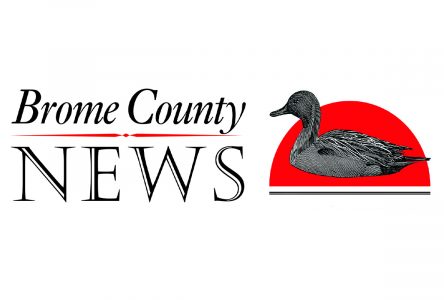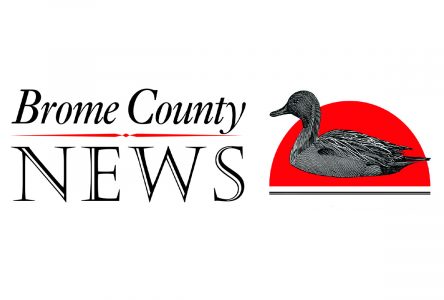Celebrating the arts in Brome Missisquoi
Featuring Seann O’Riordain
By Nick Fonda
It’s not hard to imagine that the art gallery owner or artists’ agent who eventually “discovers” Seann O’Riordain’s work will be amply rewarded for his (or her) trouble.
“I’m the farthest thing from a natural salesman,” he says. “I’m not gregarious or even particularly sociable. I did go to a vernissage that included of some of my work a little before the pandemic and I felt quite uncomfortable the entire evening. Perhaps that’s why I don’t advertise my art.”
“When I start working on a piece,” he continues, “I never do so with an intent to sell it. That’s not why I do art.”
And art is something Seann spends a lot of time doing.
“I’m in my studio at least five days a week,” he says, “and often six or even seven.”
Unlike the very few for whom painting is a livelihood or the great many for whom it’s a pastime or hobby, for Seann O’Riordain painting is a fundamental need, a necessity that provides balance in his life.
“All of this is difficult to put into words,” he explains, “but I can’t not paint. It’s like a physical need. It’s something I have to do. I know that I’m going to be doing art until the day I die.”
Seann O’Riordain’s artwork is unusual on a few different levels. As he talks about various pieces scattered about his studio, he points to one which is latex and sand on wood, another charcoal on paper, yet other pieces that incorporate tar and floor varnish, rust, ashes, coffee, and most surprising of all, on one occasion, gold leaf. He also works in oils, but often turns to colourants not normally associated with fine arts, and these are generally in somber tones and hues.
Artists draw inspiration from a spectrum of sources. Here too, Seann’s work is unusual. Many of the pieces that are in evidence in his studio are drawn from photographs. There’s a rather striking painting of a death mask that turns out to be of Nikola Tesla. There’s a rendition in charcoal of an ornate archway reminiscent of medieval European cathedrals (but is in fact the entrance to a municipal building in Prague). There’s a painting of two WWI soldiers in gas masks barely discernable through a heavy mist manning a Vickers machine gun. The painting is so detailed it could pass for an enlarged photograph if not for the two ornate halos in gold leaf above the heads of the masked soldiers. All of these paintings and numerous others are from photographs.
Most intriguing about Seann’s artwork is the recurring echo of religiosity that touches many of the paintings. The most noticeable piece on entering the studio is the central third of a 21’ X 8’ triptych that at first glance is reminiscent of a crucifix. Seen in full, it would represent an angel. Like death masks, halos, and cathedral-like archways, angels rarely make their way into contemporary art, yet religious imagery figures prominently in Seann’s work.
“I grew up Protestant,” he says, “but I’m not a member of a church, and I am in no way involved with any organized religion. I think the Christian God would be horrified to see what is sometimes done in His name.”
“At the same time,” he continues, “there is a lot of beautiful art that has come out of religion. I’m haunted by it in a way.”
“I don’t know what the term abstract art means,” he adds. “I suppose if I had to describe my art, I’d tell you to imagine that John Milton and Dante Alighieri, instead of writing Paradise Lost and The Inferno, had been photographers and had left me a trove of their negatives. I’d be painting from those negatives.”
It may—or may not—be worth noting that one meaning of the name Sean (or John) is ‘chosen of God.’
The Potton artist has no formal training in fine art. “I’ve been drawing since I was a little kid,” he says, “but I’ve never studied art or taken courses. Part of that is because I’m one of those people for whom school always felt like sandpaper. I was simply not meant for classroom learning. I was never really able to learn in school. Ironically, I was asked to teach painting and I was equally unsuited for that. I think I lasted two days.”
Despite the sandpaper, Seann stuck with formal schooling long enough to get to Concordia University where he describes his stay as lasting 20 minutes. If he might have lasted longer in a Fine Arts program is a moot point.
Collectors who do buy his paintings will find two more unusual things about Seann O’Riordain’s work. He rarely, if ever, gives a name to his paintings, and he never signs them except on special request, and then only on the back of the canvass.
Seann O’Riordain can by contacted by phone at 450 292-3435 or by email at seann@oriordain.ca.
This project has been made possible by the Community Media Strategic Support Fund offered jointly by the Official Language Minority Community Media Consortium and the Government of Canada.


